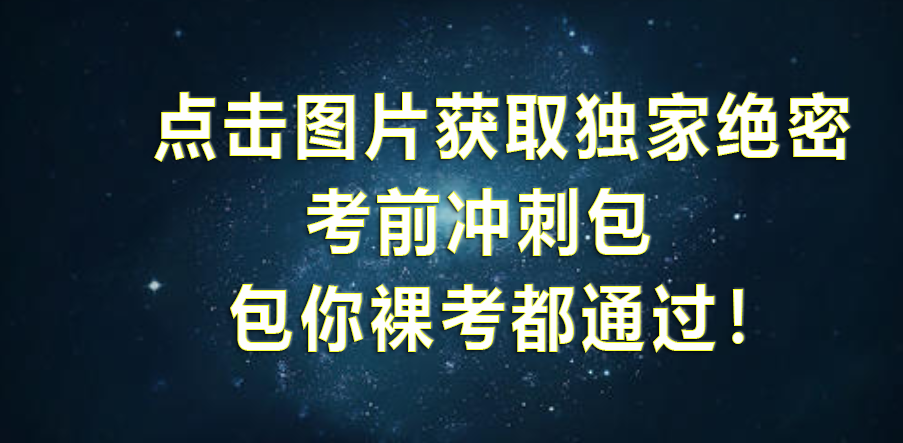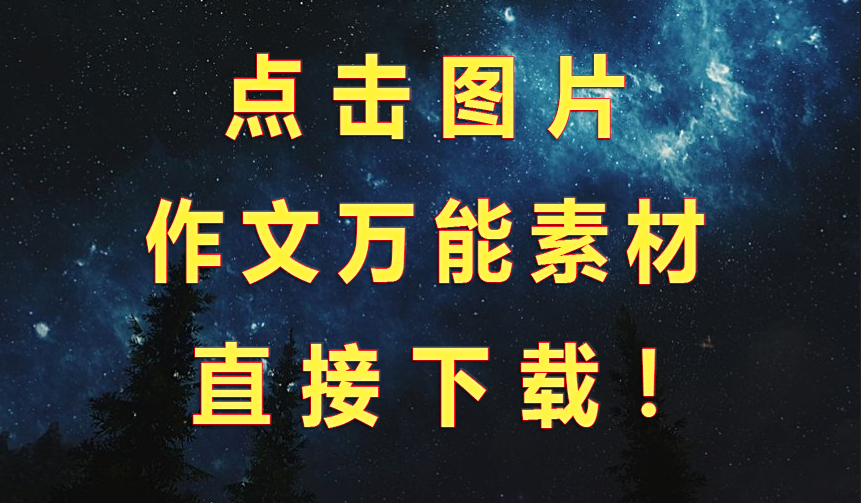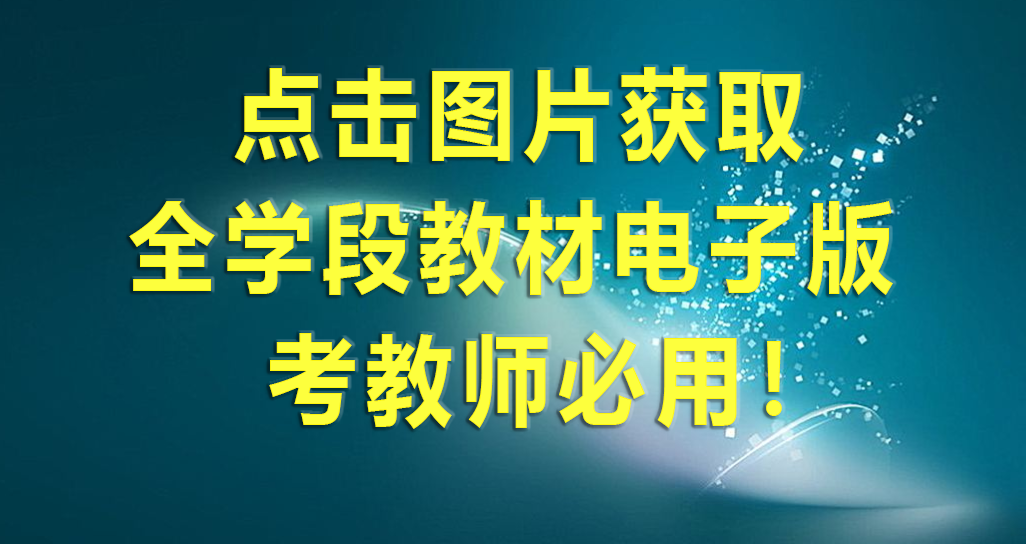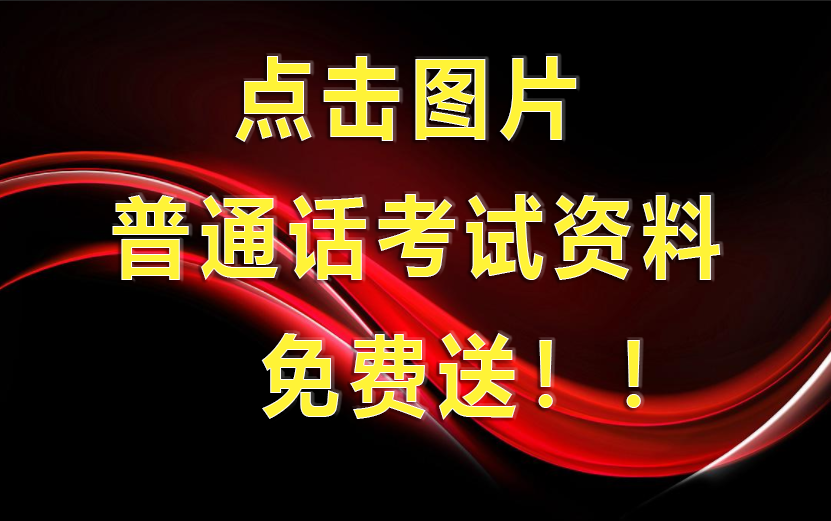
教学设计是我们在参加教师资格证考试、教师招聘考试(部分地区)会用涉及到的一个非常关键的环节,很多考生往年都会在这里栽跟头。
教师之梦微信公众号在之前也发过不少教学设计模板和一些万能模板,需要的同学可以在后台回复教学设计进行查看。
《the science of the stars》教学设计
Teaching goals 教学目标
1、Target language目标语言
a重点词汇和短语
gravity, by chance
b重点句子
I heard about how the idea of gravity has developed over a long period of time.
Pick out the information and draw lines from the list to where the things are on the suit of the astronaut.
2、Ability goals 能力目标
Enable the Ss to understand the different ideas about gravity.
Enable the Ss to have a good understanding of the force of gravity in order to enjoy the stories fully and to become more involved and excited about studying space and the stars.
3、Learning ability goals 学能目标
Enable the Ss to appreciate that the science fiction stories are imaginary but based on fact.

Teaching important points教学重点
Listen to the material about the detailed information about different scientists and their ideas. Complete the form , make True or False judgement and answer questions.
Teaching difficult points教学难点
Discuss with partners and have a debate to find out ways to solve the problems about what a spacesuit should be like.
Teaching methods教学方法
a. Discussion
b. Listening
c Cooperative learning
d. Debating
Teaching aids教具准备
A recorder
Teaching procedures & ways教学过程与方式
Step I. Revision
Check homework exercise.
Part3 (P29):
The fact is |
that I don’t know who he is. whether he’ll come or not. that many people don’t know how far Beijing is from Reading, England. |
Your difficulty is |
that you don’t have enough money. that you don’t know how to grow apple trees. |
My problem is |
that I don’t know his address. how long the journey would take us. |
The question is |
that the snow is too heavy. where you can find a restaurant. |
The trouble is |
how to get there in time. Whether you can find a taxi in such a cold day. |
Part3 (P64):
1. With the development of science and technology, people have come to depend more and more on the computer to deal with all kinds of things.
2. Now that many problems exist which cannot be solved, wars will probably break out.
3. He gradually got the hang of this method of research after many years’ practice.
4. The presence of that famous director cheered up all the people at the meeting.
5. We should find some ways to prevent the harmful gas from spreading.
6. He is already exhausted. We should lessen his pain instead of disappointing him.
Step II. Listening (Using language)
1.The Ss will hear different ideas about gravity of three scientists, and then fill in the blanks.
T: Have you heard of Isaac Newton? How much do you know about him?
S1: He’s English.
S2: He set up an idea which is called “gravity”.
T: What’s his idea about?
S3: Gravity made everything fall back to the earth.
T: Have you heard of Albert Einstein?
S4: Yes. He’s a Jew. And he’s famous for his Theory of Relativity.
T: How much do you know Stephen Hawking?
S5: Sorry, not very much. I know him just from the passage on Page64,Workbook..
T: It doesn’t matter if you don’t know them much. Today we’ll get more information about them. Turn to Page30. Go through Part1 quickly.
2.Listen to the tape three or four times and pause where it’s necessary. Then check the answers with the whole class.
T: Are you ready? Let’s listen for the first time. Please pay attention to the date.
(Play the tape.)
T: Have you got the answers?
S1: Yes. Isaac Newton lived from 1642 to 1727. Albert Einstein lived from 1879 to 1955. Stephen Hawking was born in 1942.
T: Let’s listen to the tape again. Please pay attention to the idea.
(Play the tape again.)
T: Have you got the answers?
S2: Yes. Isaac Newton: Everything falls back to the earth because of a pull called gravity.
S3: Albert Einstein: Gravity is different in space.
S4: Stephen Hawking: Black holes would eat stars and they may also push stars out into space.
T: Excellent answers! Have you got other information? Or, What was their gravity about?
S5: Newton’s gravity is about earth.
S6: Einstein’s idea about gravity was about universe.
S7: Hawking’s idea was about black holes.
T: I think we’ve solved this problem. Now read four sentences in Part2, decide which the best idea is. If you are not sure, we will listen to the tape for the last time.
(After play the tape.)
T: Which one is the best?
S8: No.3.
T: Why No.3? What’s wrong with the other three?
S9: Our listening passage didn’t mention how three men made mistakes. It only mentioned that other scientists found they made mistakes. So No.1 is not correct.

S10: No.2 is not true because the three scientists wanted to explain how the universe worked and not how it began..
S11: No.4 is too general and it doesn’t give enough details.
T: Your explanations are enough. So we choose No.3. Then turn to Page62, Listening.
Step III Listening (WB P62)
1.Part1.
T: Who’s Yang Liwei?
S1: He’s our hero who traveled into space on October15,2003.
T: What’s the name of the spaceship?
S2: Shenzhou V.
T: Do you know what education and experience you need to become an astronaut?
S3: No.
T: OK. Now we’ll listen to a conversation between Yang Liwei and a reporter. First, go through the six sentences in Part1. Now listen to the tape.
(After listening)
T: Have you got that? Now read the sentences and tell us True or False. If it’s not true, correct it.
Ask students to read them and check the answers with the whole class.
Answers: FFTTTT
2.Part2.
T: Now focus your attention on Part2. Then we’ll listen to the tape again..
Play the tape and pause when the students need to write information down. Then collect answers.
Information on Yang Liwei |
|
The exams he passed |
Excellent degree and 10 years’ training |
Experience |
Pilot for the air force of the PLA |
Physical qualities |
Smaller than 170cm, less than 70kg |
Personal qualities |
Calm, mature, hard-working |
3.Part3.
First ask Ss to talk about the answer. If necessary play the tape again for Ss to check the answer.
Answers:
1.There’s a special seat to throw him out of the space rocket if things went wrong.There are also a special door for another space rocket to rescue him 2.The answer can be different.
Step IV Listening Task (P65)
T: Do you want to have a space walk?
S: Yes, of course..
T: But you know it’s dangerous, and it needs a great deal of practice. You should also wear a spacesuit. The spacesuit needs some equipment. Do you know each part of the equipment?
S: We’re not clear.
T: Now listen to the tape. Then you’ll get it.
Play the tape twice or three times to finish Part1 and 2.
Key to Part1: C
Key to Part2: 1.oxygen can (on the back) 2.water system (the part of the suit covering the body) 3.gravity boots (on the feet) 4.left engine (on the left side) 5.right engine (on the right side) 6.tool kit (on the waist, at the back)
Step V Homework
Today we have listened to three materials. After class, you should listen to them again and sum up what you have learnt from them. For the homework, think about a question: What needs to be an astronaut?
(更多模板,请在教师之梦微信公众号后台
《the science of the stars》说课稿
This class is based on the former grammars, such as object clause and other none clauses, and this class is also very important to the further study of other clauses, so this grammar focus plays an implacable role in high school’s English.
The topic of this unit will attract many students who is interested in mystery things, while the grammar class would be a little boring, so it would be much better if the teacher combines this interesting topic with the grammar instruction together.
The next part is the analysis of students. We know that grammar is one of the most difficult point to Chinese students to study foreign language, let alone the poverty-stricken area of China.
Our students are in Grade1 of high school. They have learnt English for many years, but since they are in the north-west part of China, so their English level is not very high, especially the grammar and their speaking abilities.
So the teacher should pay more attention to their response in class, and use different methods and exercises to improve their grammar, as well as speaking ability.

According to the idea of New Curriculum Standard, I set following three teaching aims:
First one is knowledge aims: students can understand the function of the subject clause; and can identify which kind of clause is subject clause.
The next one is ability aim: students can set up effective studying strategies;
Students can make sentences which contains the subject clause.
The last one is Emotional aims: students can foster their abilities of studying by themselves and cooperating. They also can improve their interest in learning English grammar.
Now let’s move on to the analysis of key point and difficult point. The key point of this lesson is the comprehension of the function of the subject clause and identify which kind of clause is subject clause, and use subject clause into their writing; the difficult point is that how to let students keep passion in the grammar class.
The following part is about the analysis teaching methods and studying methods.
I will use following teaching methods: Communicative Approach: this method emphasizes the activities and co-works between students , could help students cultivate the ability of communication and co-operation;
Task-based Language Teaching Method: Teacher will ask students to complete the set tasks and let students through the task know new knowledge. This method was used frequently in teaching procedures; and Computer Aided Instruction, it would be very convenient for the teacher and students to do grammar exercises. As to the studying methods, I will combine the following two methods: group discussion and independent thinking.
Now, let me talk about the analysis of teaching aids. The teaching aids I need in this class is multi-media; and I will ask students to review the passage of this lesson, and find out the subject clauses in the text.
After above analysis, here comes the most important part ---- analysis of teaching procedures.
Step 1. Lead-in and warming up.
At the very beginning of class, I will say hello to every students. After that, I will play a scientific video about the origin of universe to review the content of text, and then I will ask students to tell me about the evolution procedure of universe, they can borrow the ideas in this video or in the text.
The purpose of this step is reviewing the content of text. Combining with the video, this grammar class would have an active beginning, and create an ease and interesting atmosphere to students. And with the help of vivid video, their retelling would be more complete.
Step 2. Presentation.
In this step, I will ask students to tell the subject clauses they underlined in the text. Then I will use PPT to present some sentences appeared in the text which contains subject clause.
And I will ask students to discuss what’s the similarities among these sentences. Then after discussion, I will ask the group leader to share their ideas with other students. One of the sentences I will present on the PPT as follows:
It was so hard that we could not say anything to each other.
After their discussion and report, I will present some other object sentences, and will let students discuss what’s differences compared with the subject clauses. After their group discussion, I will also invite some group leaders to share their opinions with us.
Some of the sentences I will present on the PPT as follows:
Many people think that this was important for the beginning of life.
This is how the earth began to show its special qualities.

Based on the above comparison, we can easily get the conclusion that a clause in one sentence serves as a subject, so we call it Subject Clause.
Then I will present some sentences containing subject clause on the PPT and let the students to consolidate the feature of subject clause.
The sentences are:
How the pyramids were built was still a mystery.
That thy are badly in need of help is quite clear.
Whether they will sell the house is not yet decided.
……
And then, with the help of these sentences, I will let students summarize the connectives of subject clause.
The connectives include:Conjunction: that, whether
Conjunctional Pronoun:who, whoever, what, whatever, which
Conjunctional adverb: when, whenever, where, wherever, how, why
The purpose of this step is that this kind of presentation is based on the comparison between the old knowledge, and students can find out the characters of subject clause easily through the character of object which we have learnt before.
So the definition of subject would be very clear to students than the teacher tell them directly what’s the definition of a subject clause. And this kind of instruction method is very popular among students.
Step 3. Practice
In order to make the grammar focus more clear, then I will also ask students to find out whether the following sentence is subject clauses or not.
It is pity that she has made such a mistake.
And after discussion and my guidance, students will understand that this sentence is a subject clause too.
So I will summaries another feature of the subject clause: in order to balance the sentence structure, if the subject clause is a little bit long, we could use “it” and a replace, and put “it” at the place of the subject, and put the real subject clause after the stem of this sentence.
Through these two parts of extension, students will understand the deep meaning of subject clause, and this kind of instruction method pushes students to think deeply.
Step 4. Consolidation.
I will ask students to rewrite the following sentences.
That the earth turns around the sun is known to all.
That they are badly in need of help is quite clear.
Step5. Summary and Homework
I will invite some students to summarize the different kinds of subject clauses and make sentences by different structures.
My homework: please use the subject clause to describe your mother.
Example: What my mother like is ____. Why my mother would be happy is____. How my mother cooks the dinner is_______.
The purpose of this step is to help students to improve their understanding about subject clause .

The last part is the analysis of the blackboard design. I will design my blackboard as follows.
Unit4 Astronomy:the science of the stars
Subject Clause
Conjunction: that,whether
Conjunctional Pronoun: who, whoever, what, whatever, which
Conjunctional adverb: when, whenever, where, wherever, how, why

That’s all for my teaching design. Thank you for listening.
本文提供的教案,适用于教师考试和在职教师参考,试讲的朋友可以在原基础上在进行精简,小编争取为大家整理全面!需要其他题目的模板请在本页面底部进行留言(格式:小学语文:白鹅),小编会根据点赞数排名高低进行逐步推送,谢谢大家!

希望大家点下右下角并且多多转发
支持一下我们的,非常感谢!
注:以上“说课稿”来源于“中公教育”,如有侵权,请联系小编:wangyao421
文章为用户上传,仅供非商业浏览。发布者:Lomu,转转请注明出处: https://www.daogebangong.com/fr/articles/detail/High%20school%20English%20the%20science%20of%20the%20starsgrammar%20class%20teaching%20plan%20teaching%20design%20and%20lecture%20draft%20template.html

 支付宝扫一扫
支付宝扫一扫 
评论列表(196条)
测试